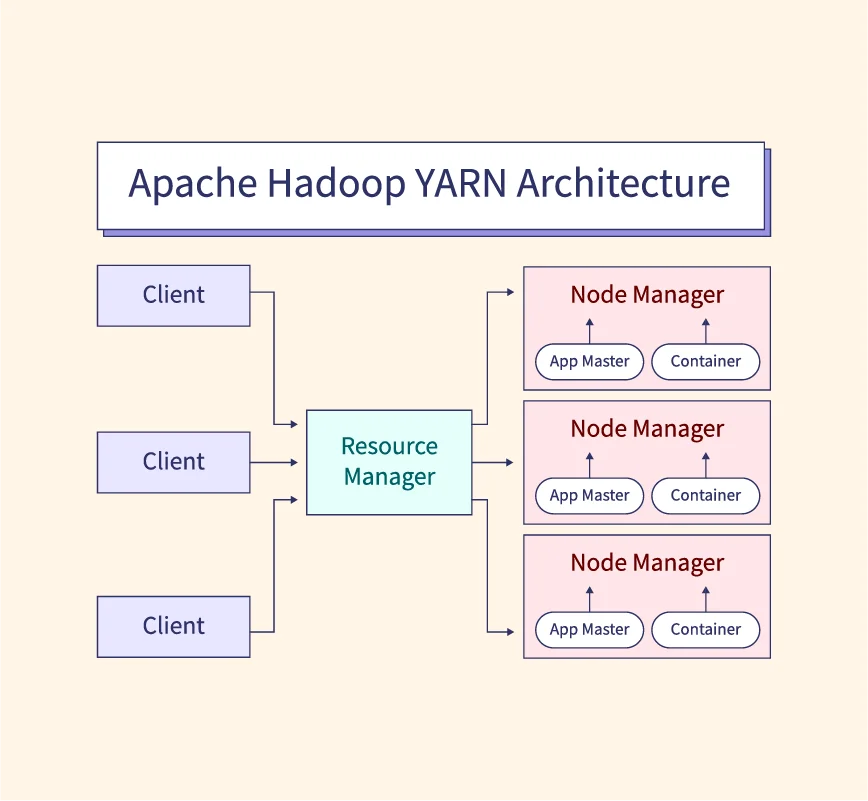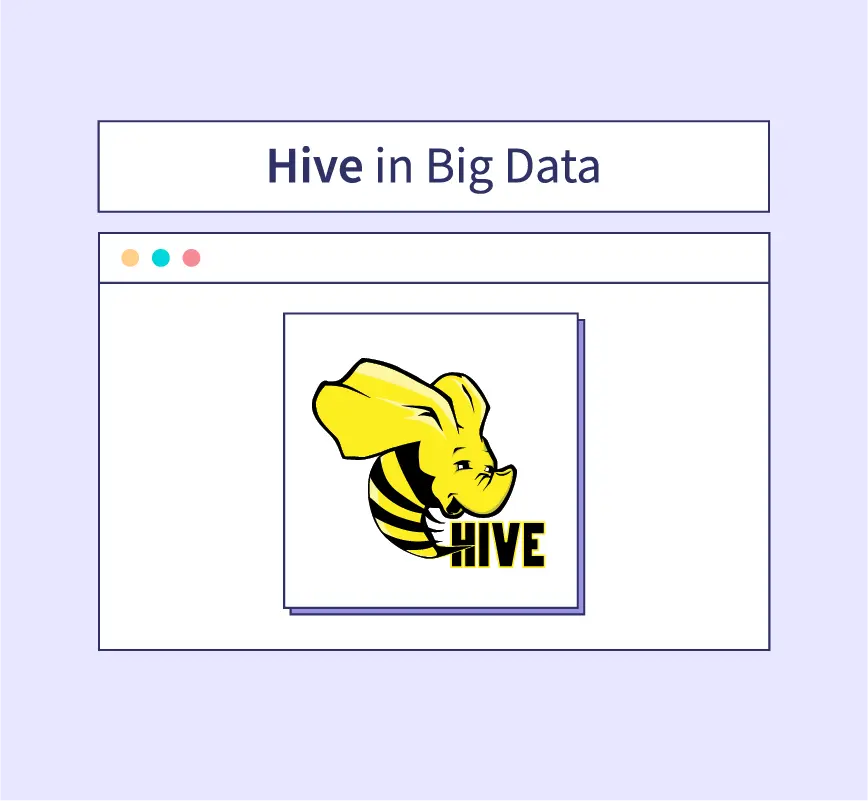Artificial Intelligence (AI) is transforming various sectors worldwide, and education is no exception. From personalizing learning experiences to automating administrative tasks, AI plays a pivotal role in enhancing educational practices. By leveraging AI, educators and students can overcome traditional learning barriers, creating more efficient and engaging learning environments. In this article, we will explore the role of AI in education, its benefits, challenges, and future trends.
Understanding Artificial Intelligence
Artificial Intelligence (AI) refers to the simulation of human intelligence by machines, enabling them to perform tasks that typically require human intervention. These tasks include problem-solving, learning, and decision-making.
AI has evolved significantly since its inception, with subfields like machine learning and natural language processing (NLP) paving the way for its integration into education. For instance, machine learning enables systems to adapt to student behavior, while NLP powers chatbots and virtual assistants for enhanced communication. Together, these technologies form the backbone of AI-driven solutions in education, helping to make learning more personalized and efficient.
The Role of AI in the Education Sector
AI is redefining education by introducing advanced tools and methods that transform how students learn and teachers teach. Below is a detailed explanation of AI’s pivotal roles in the education sector:
1. Personalized Learning
AI enables customized learning experiences by analyzing individual student behavior, preferences, and progress. It adapts content delivery to ensure optimal understanding and engagement.
- Adaptive Learning Platforms: Tools like DreamBox and Smart Sparrow dynamically adjust lessons to a student’s pace and understanding.
- Learning Analytics: AI tracks student performance, identifying areas where they excel and struggle to suggest targeted improvements.
- Custom Curriculums: AI generates individualized learning paths to suit each learner’s unique goals and capabilities.
2. Intelligent Tutoring Systems
These AI-powered systems act as virtual tutors, offering personalized assistance to students anytime, anywhere.
- Real-Time Support: AI tools like Carnegie Learning provide instant feedback, helping students tackle challenging concepts effectively.
- Scalable Tutoring: Unlike traditional methods, AI tutoring systems can cater to thousands of students simultaneously.
- Continuous Monitoring: These systems track progress, ensuring that learners remain on the right path to achieving their objectives.
3. AI in Special Education
AI promotes inclusivity by creating tools and environments tailored to the needs of students with disabilities.
- Assistive Technologies: Applications like speech-to-text tools, sensory learning aids, and text readers enable better accessibility.
- Emotion Recognition: AI can monitor emotional cues in students with autism to provide appropriate learning interventions.
- Customized Learning Programs: AI systems help design specific educational modules to accommodate different learning disabilities.
4. Enhancing Teaching Practices
AI enhances teaching efficiency by automating repetitive tasks and offering actionable insights to educators.
- Lesson Planning Assistance: AI tools analyze curriculum standards and recommend lesson plans aligned with student needs.
- Data-Driven Insights: AI-driven analytics provide teachers with a comprehensive view of student progress and areas needing attention.
- Administrative Efficiency: Tasks like attendance tracking and grading are automated, freeing up valuable teacher time for student interaction.
5. Language Learning
AI revolutionizes language acquisition by creating interactive, engaging, and effective learning experiences.
- Personalized Lessons: Platforms like Duolingo and Babbel customize lessons to a learner’s proficiency level and pace.
- AI-Driven Feedback: Real-time correction of pronunciation and grammar fosters faster improvement.
- Translation Capabilities: AI tools facilitate communication between students and teachers from different linguistic backgrounds.
6. Augmented Reality (AR) and Virtual Reality (VR)
AI-powered AR and VR technologies create immersive and interactive learning environments.
- Virtual Classrooms: Students can explore 3D simulations of complex topics like anatomy, astronomy, or historical events.
- Improved Retention: Immersive experiences make learning more engaging and memorable.
- Interactive Labs: Virtual science labs enable students to conduct experiments safely and cost-effectively.
7. Automated Grading and Feedback
AI simplifies the assessment process by automating grading systems, ensuring efficiency and fairness.
- Quick Assessments: AI can evaluate multiple-choice and essay-based tests rapidly, reducing delays in feedback.
- Bias-Free Evaluation: Automated grading eliminates human biases, offering consistent and fair assessments.
- Actionable Feedback: Detailed insights provided by AI help students identify mistakes and improve their skills effectively.
Advantages of Artificial Intelligence in Education
AI offers numerous benefits that enhance the learning and teaching experience for students and educators. Here’s an expanded look at some of its key advantages:
1. 24/7 Access to Learning
AI-powered platforms break the barriers of time and place, enabling students to learn at their convenience.
- On-Demand Resources: Digital tools like chatbots and virtual assistants provide round-the-clock support for answering questions or accessing study materials.
- Global Reach: Students from remote areas can access quality education through AI-driven online platforms.
2. Enhanced Student Engagement
Interactive AI tools make learning more enjoyable and immersive, fostering active participation.
- Gamified Learning: Platforms incorporate game-like elements, such as rewards and challenges, to keep students motivated.
- Immersive Content: AI integrates AR/VR to create engaging simulations that make complex subjects easier to understand.
3. Reduced Pressure on Students
AI creates a stress-free learning environment by allowing students to progress at their own pace.
- Self-Paced Learning: Students can revisit lessons and take extra time on challenging topics without feeling rushed.
- Customized Feedback: Constructive feedback tailored to individual needs boosts confidence and encourages improvement.
4. Time and Resource Efficiency
AI optimizes administrative and teaching processes, enabling educators to focus on what truly matters—teaching.
- Automated Tasks: Tasks like grading and attendance tracking are handled by AI, saving time for teachers.
- Cost-Effective Solutions: AI reduces the need for expensive resources like printed textbooks and physical infrastructure, making education more affordable.
5. Improved Learning Outcomes
AI helps students achieve better results by identifying and addressing their unique learning needs.
- Performance Analytics: AI tracks progress and pinpoints areas for improvement, providing targeted support.
- Interactive Assessments: AI-powered tools make assessments engaging and effective, ensuring students retain concepts.
6. Enhanced Accessibility
AI bridges the gap for students with disabilities or those in underserved communities.
- Assistive Technologies: Tools like text-to-speech and speech-to-text software make learning easier for differently-abled students.
- Language Translation: AI-powered translators help non-native speakers understand content and communicate effectively.
7. Consistent Quality of Education
AI ensures that educational content is of high quality and standardized across various regions.
- Standardized Curriculums: AI tools can deliver consistent educational content regardless of location or institution.
- Quality Control: AI-powered systems continually analyze and improve educational materials.
8. Collaboration and Global Connectivity
AI fosters collaborative learning and connects students worldwide.
- Virtual Classrooms: AI-powered platforms enable group projects and discussions across borders.
- Cultural Exchange: Students can interact with peers from different cultures, enriching their educational experience.
Challenges and Ethical Considerations
While AI offers numerous benefits in education, it also comes with its share of challenges and ethical concerns that must be addressed for effective implementation:
1. Data Privacy and Security
AI systems rely on vast amounts of student data to function effectively, which raises significant privacy and security concerns.
- Sensitive Data: Personal information, learning patterns, and performance metrics must be protected to prevent misuse.
- Cybersecurity Risks: Educational institutions must invest in robust security measures to safeguard against data breaches.
- Compliance Issues: Ensuring adherence to global data protection laws like GDPR can be challenging.
2. Equity and Accessibility
AI has the potential to widen the digital divide if not implemented inclusively.
- Access to Technology: Students from low-income or rural areas may lack access to devices and internet connectivity required for AI tools.
- Cost Barriers: Advanced AI technologies may be too expensive for some schools, creating disparities in education quality.
- Language and Cultural Biases: AI systems need to accommodate diverse languages and cultural contexts to be truly inclusive.
3. Ethical Implications
The use of AI in education raises ethical questions around its design and application.
- Algorithmic Bias: AI systems can perpetuate biases if the training data is not representative.
- Overdependence on AI: Excessive reliance on AI tools may undermine critical thinking and problem-solving skills.
- Human Oversight: Balancing AI automation with human intervention is crucial to ensure ethical decision-making.
4. Resistance to Change
Adopting AI in traditional educational systems often meets resistance from stakeholders.
- Teacher Concerns: Educators may fear being replaced by AI, leading to reluctance in adopting these technologies.
- Training and Adaptation: Teachers and administrators need proper training to integrate AI effectively into their workflows.
- Cultural Shifts: Changing long-standing educational practices to accommodate AI can be a slow process.
5. Quality and Accuracy of AI Systems
The effectiveness of AI in education depends on the quality and reliability of the systems used.
- Limited Context Understanding: AI systems may misinterpret nuances or fail to address complex queries.
- System Errors: Bugs or inaccuracies in AI tools can lead to flawed assessments or guidance.
Future Trends of AI in Education
As AI continues to evolve, its impact on education is expected to grow, introducing innovative tools and practices. Here are some emerging trends that could shape the future of AI in education:
1. AI-Driven Virtual Classrooms
- Virtual classrooms powered by AI will become more interactive, enabling real-time collaboration between students and educators worldwide.
- AI tools will create personalized virtual environments tailored to individual learning styles and needs.
2. Advanced Predictive Analytics
- AI will leverage predictive analytics to anticipate student performance and recommend interventions before issues arise.
- Early identification of at-risk students will allow institutions to offer timely support and resources.
3. Natural Language Processing (NLP) Advancements
- NLP will power more sophisticated chatbots and virtual teaching assistants capable of understanding and responding to complex queries.
- Language barriers will diminish as AI tools provide real-time translations and localized content.
4. Lifelong Learning and Upskilling
- AI will cater to learners of all ages, promoting lifelong learning through flexible and accessible online courses.
- Corporate training programs will adopt AI to deliver personalized skill development for employees.
5. Integration with Immersive Technologies
- AI will further integrate with AR and VR to create highly immersive educational experiences.
- Students will engage in realistic simulations, such as virtual field trips or hands-on lab experiments.
6. Focus on Emotional AI
- AI systems will increasingly detect and respond to emotional cues, ensuring students receive empathetic support.
- Emotional AI could help address mental health challenges by identifying stress or anxiety in learners.
7. AI-Powered Content Creation
- AI will assist educators in developing interactive, multimedia-rich content that enhances engagement.
- Automated content generation tools will streamline the creation of quizzes, assignments, and study materials.
8. Ethical AI Development
- Future AI tools will prioritize transparency and fairness, ensuring ethical practices in education.
- Bias detection and mitigation will become integral features of AI-driven educational technologies.
Conclusion
Artificial Intelligence is transforming education by enabling personalized learning, enhancing teaching methods, and improving accessibility. While AI presents immense opportunities, addressing challenges like data privacy, equity, and ethical concerns is essential for its responsible implementation.
By striking a balance between innovation and ethics, AI can complement traditional education, creating a future where learning is more adaptive, inclusive, and efficient for all.


